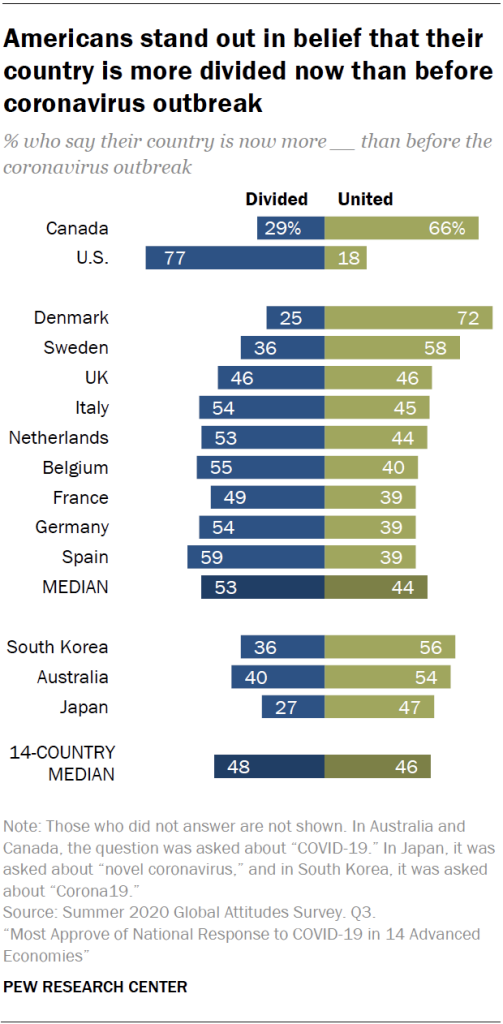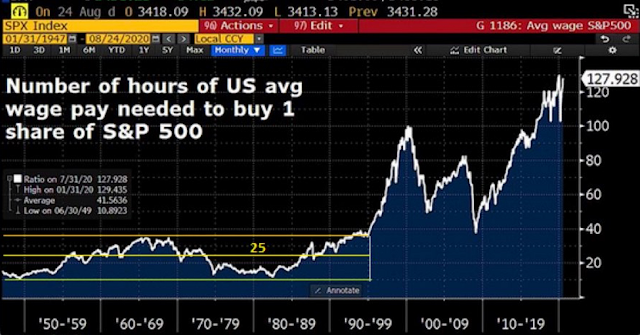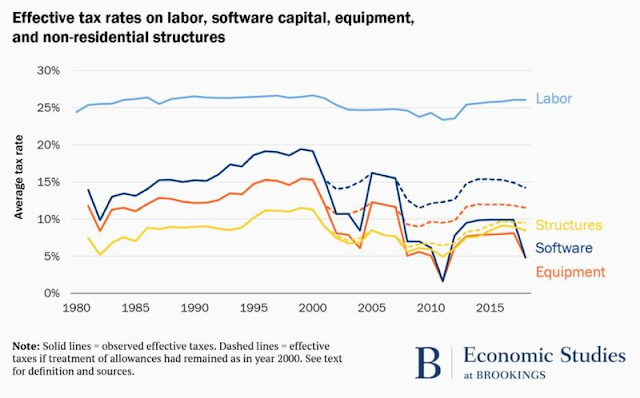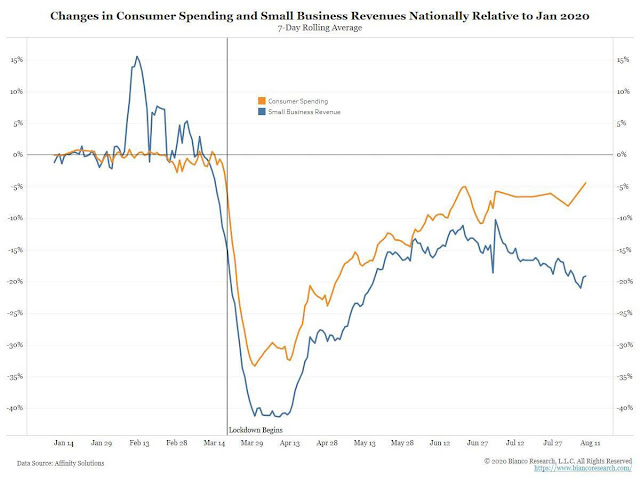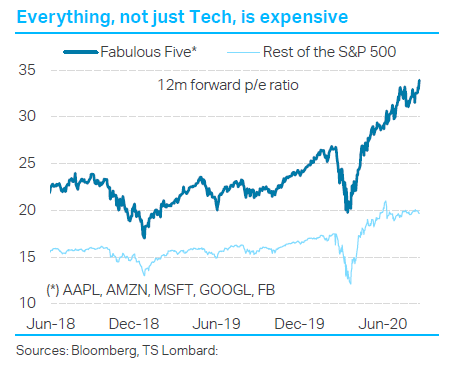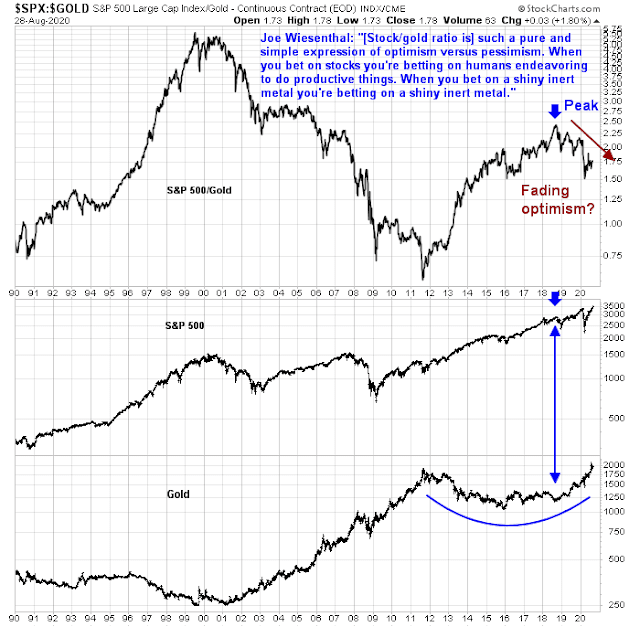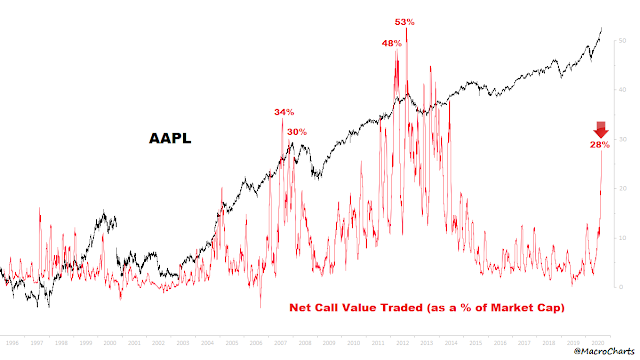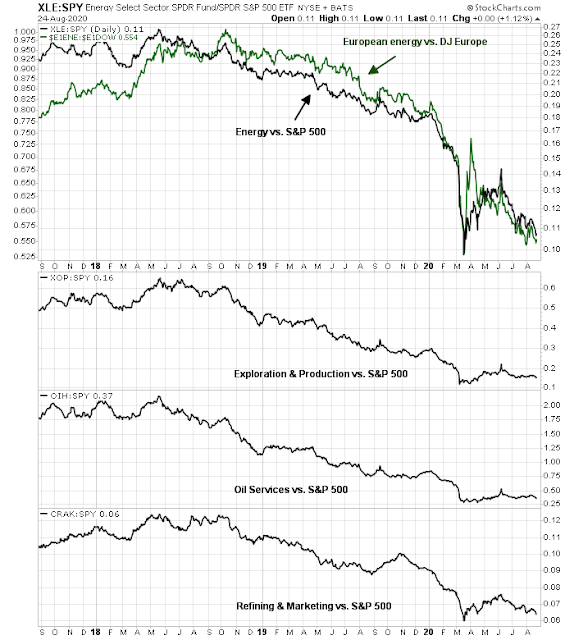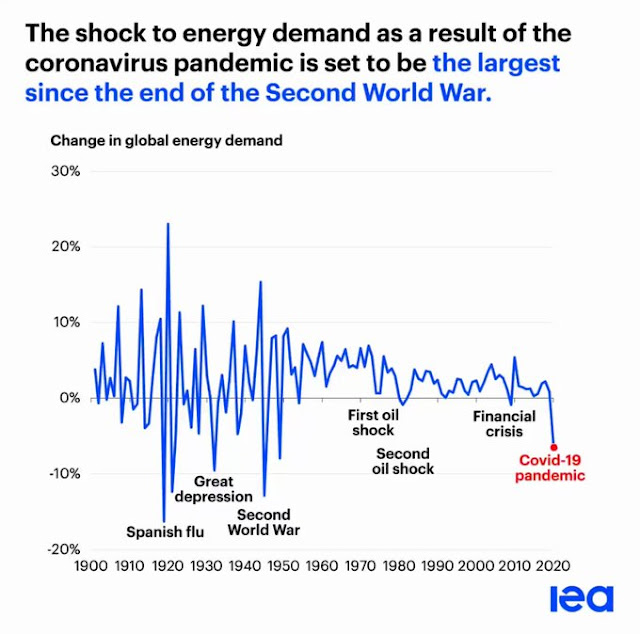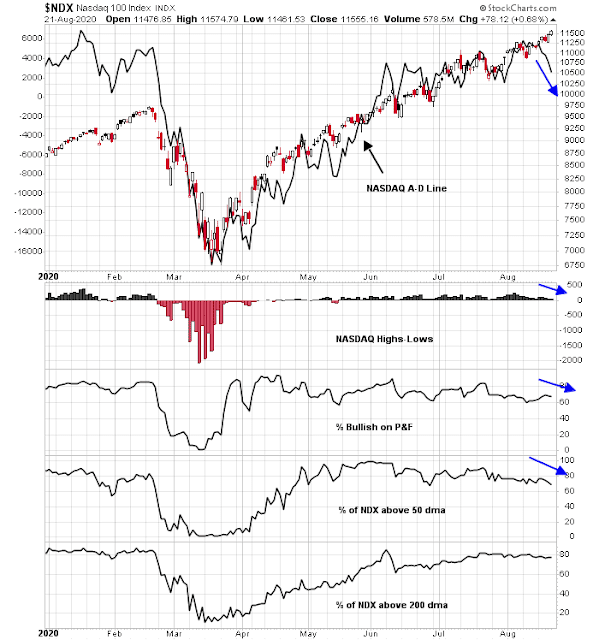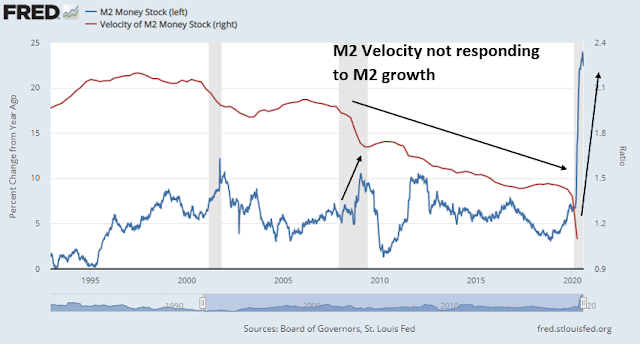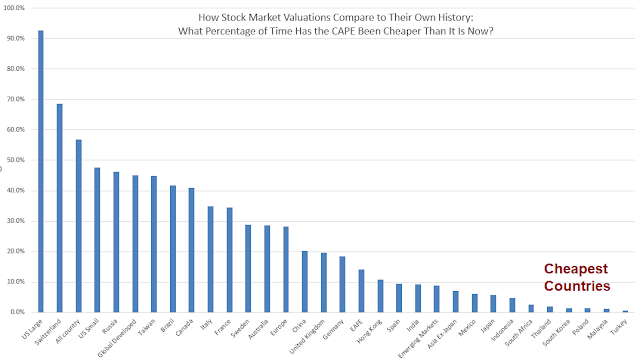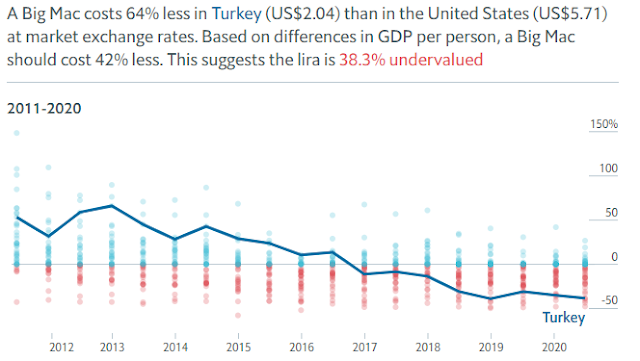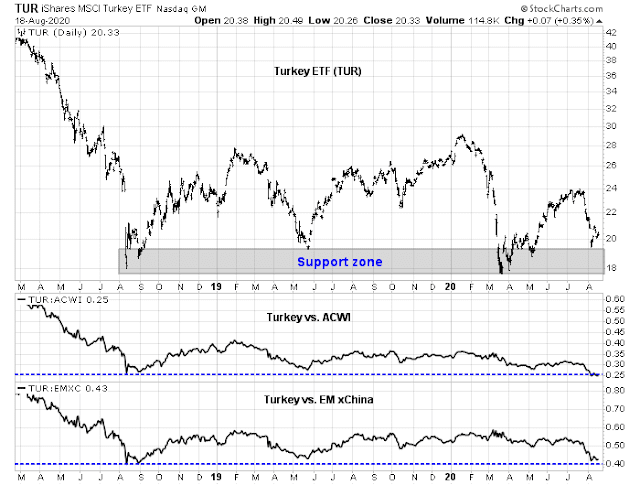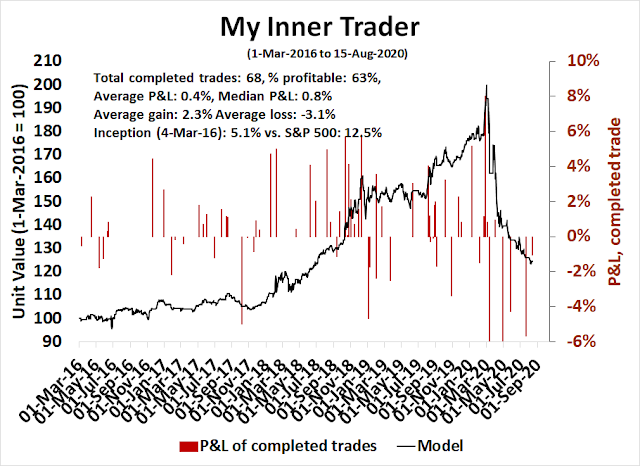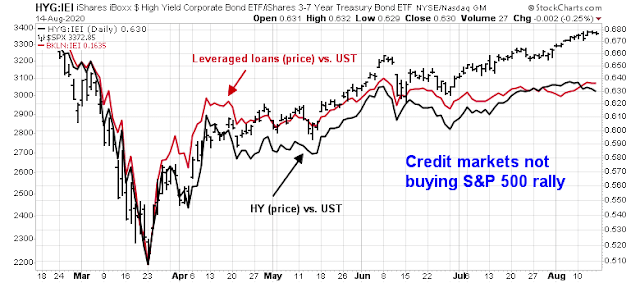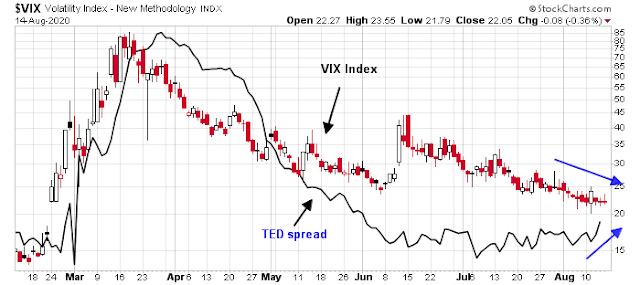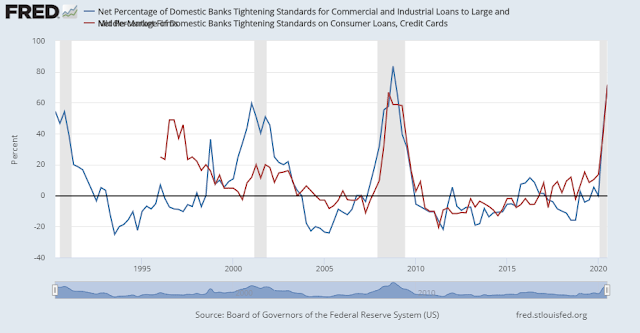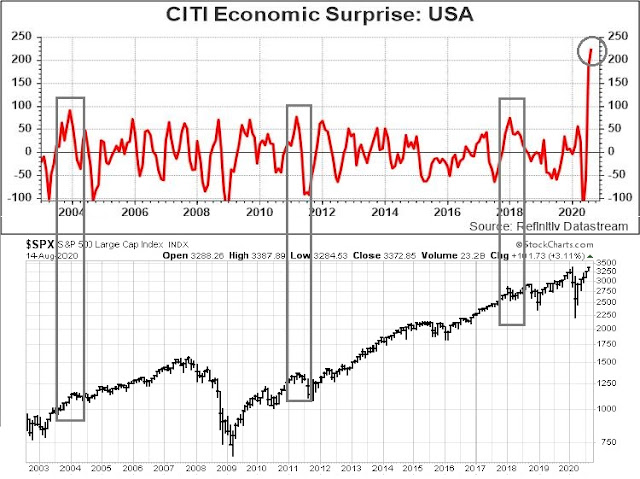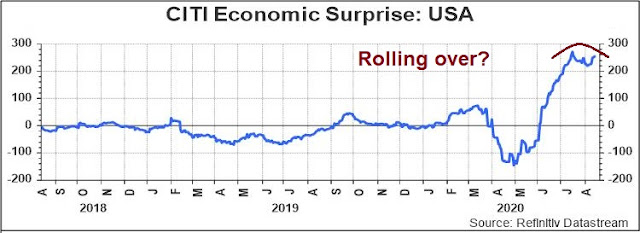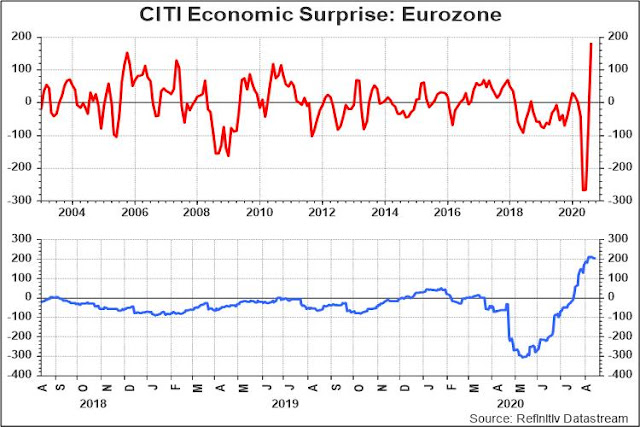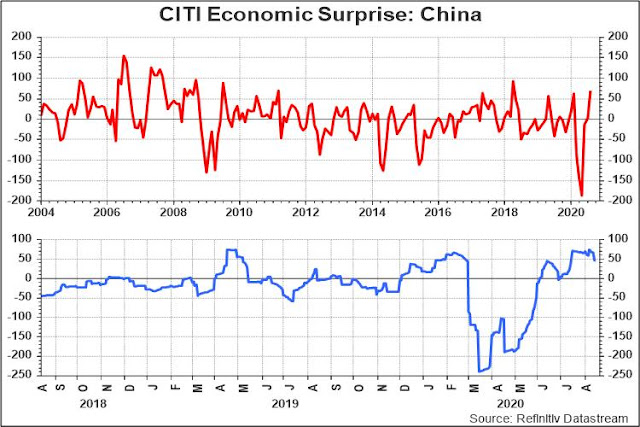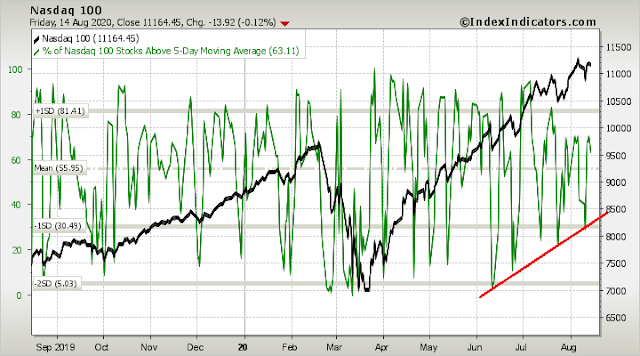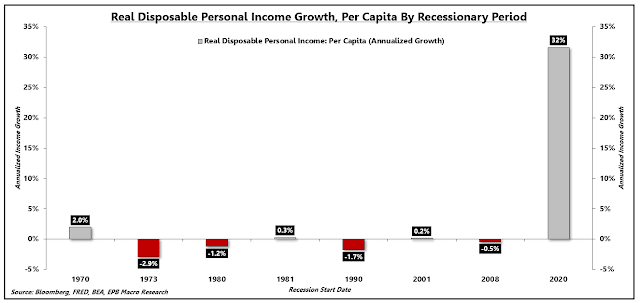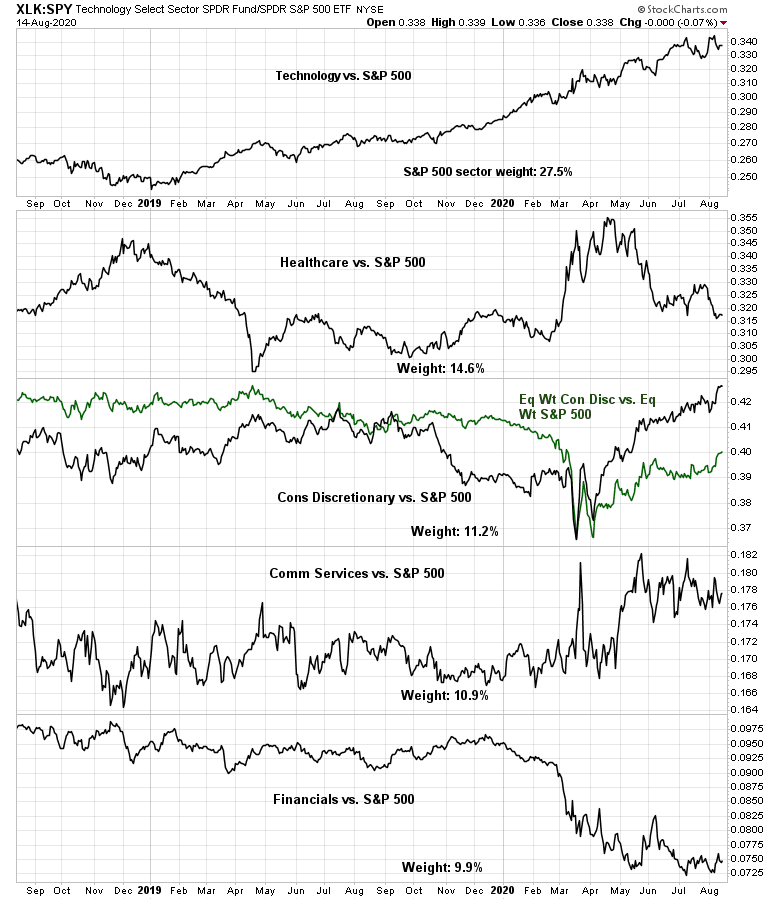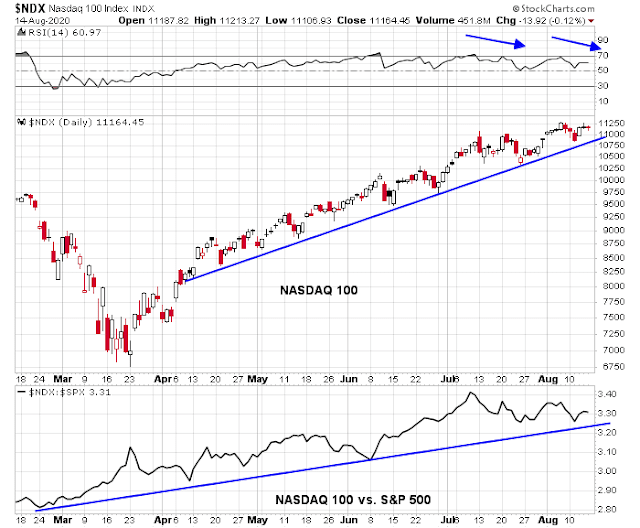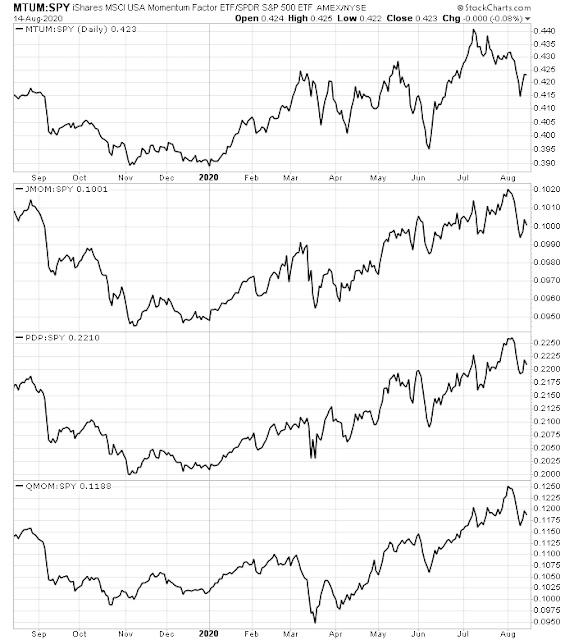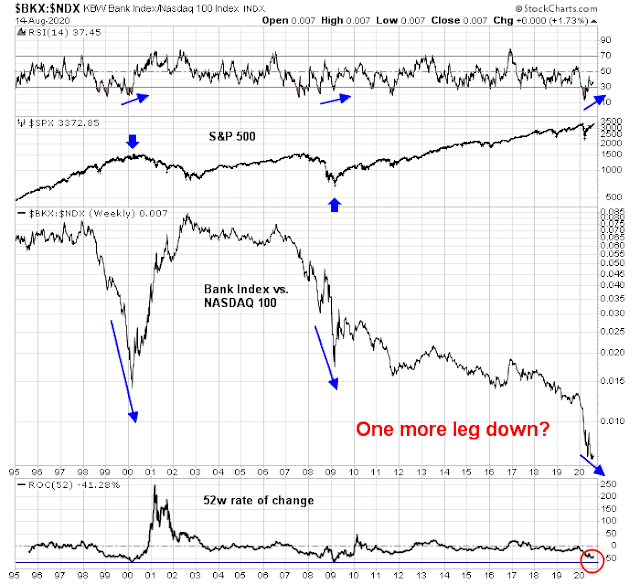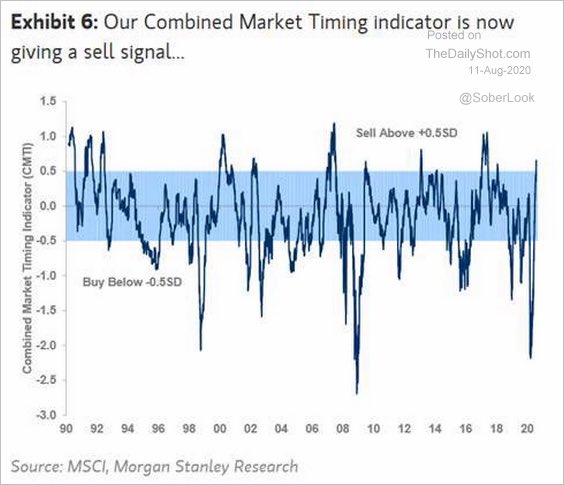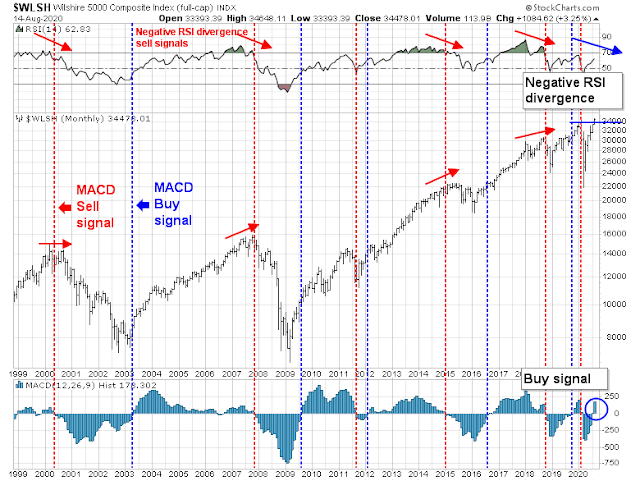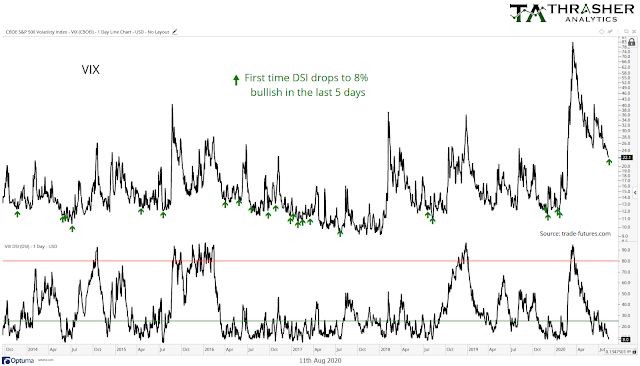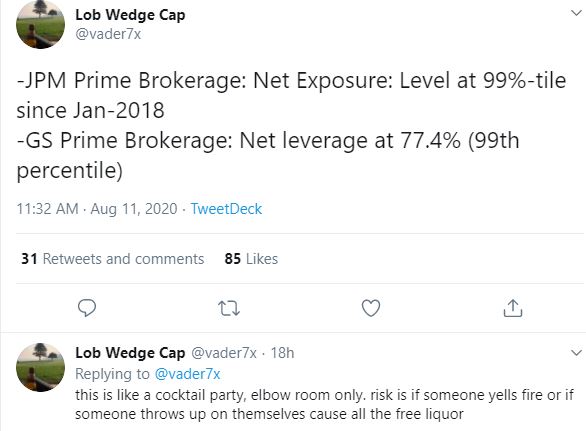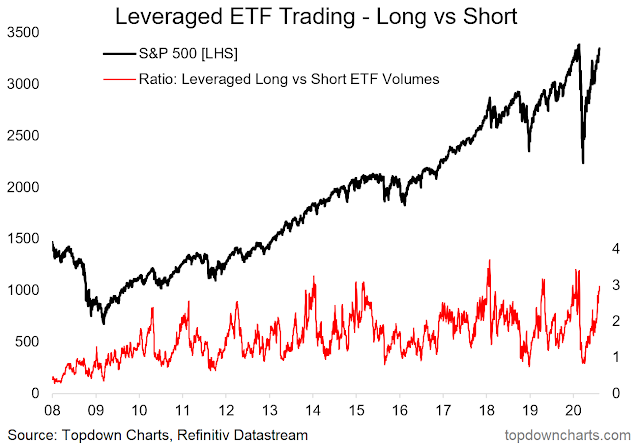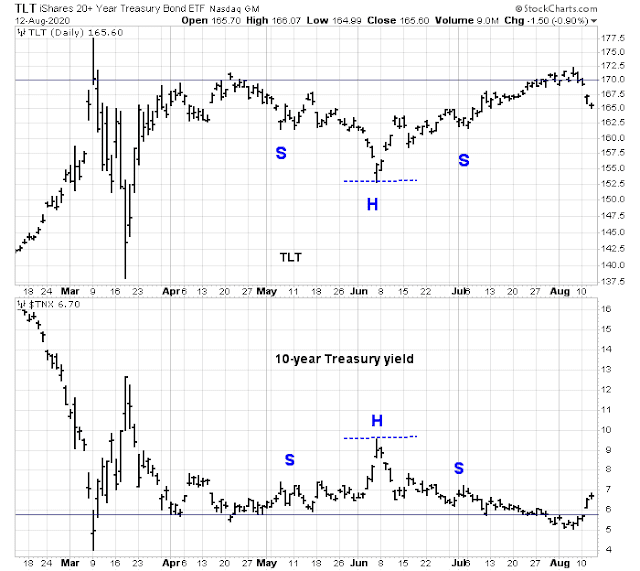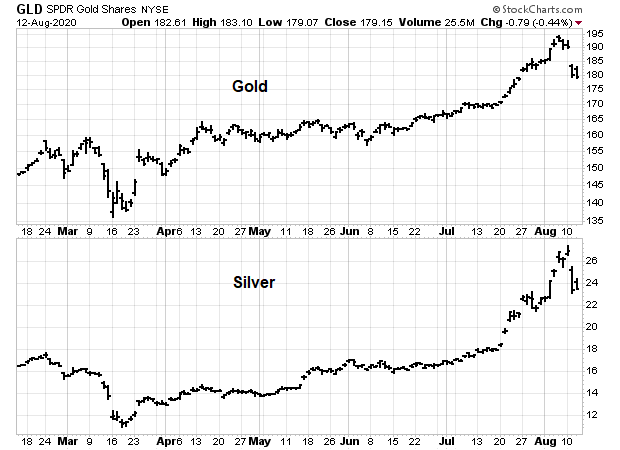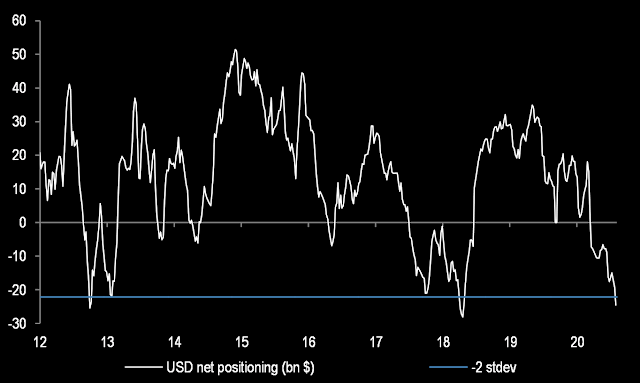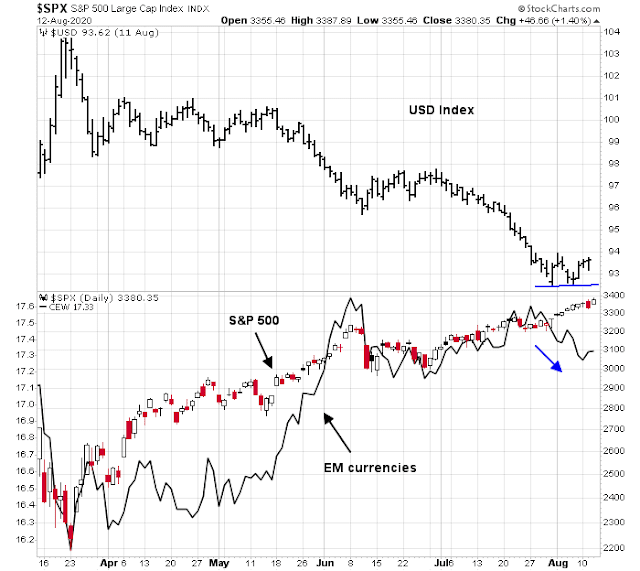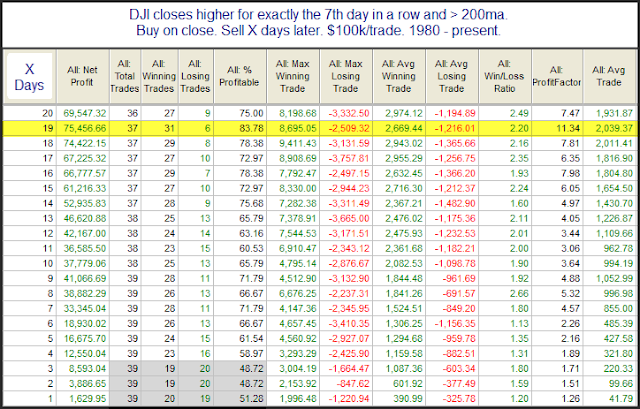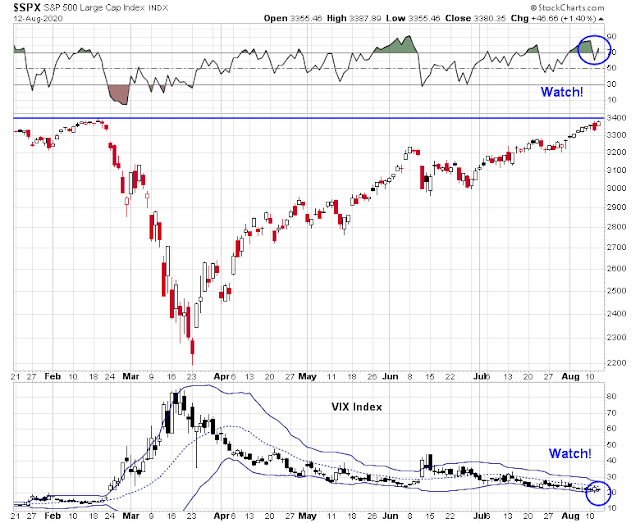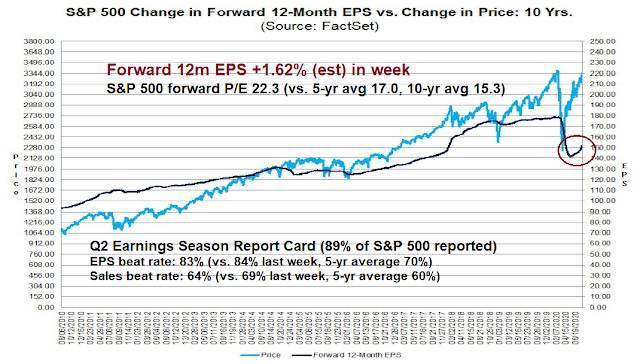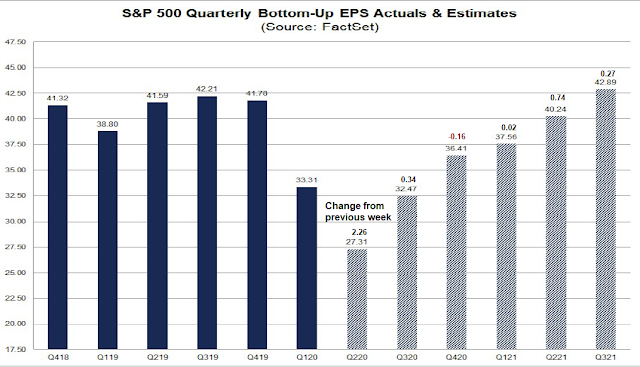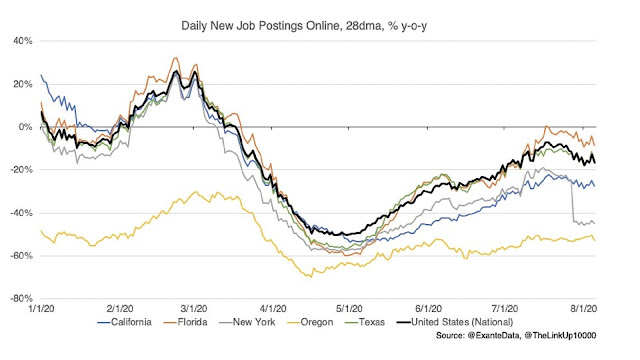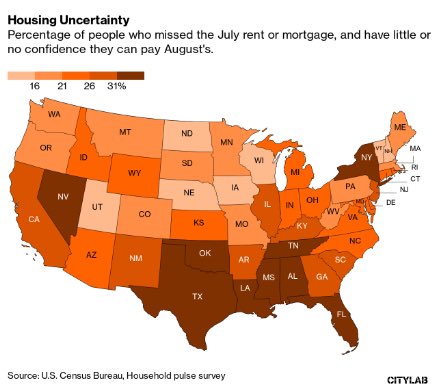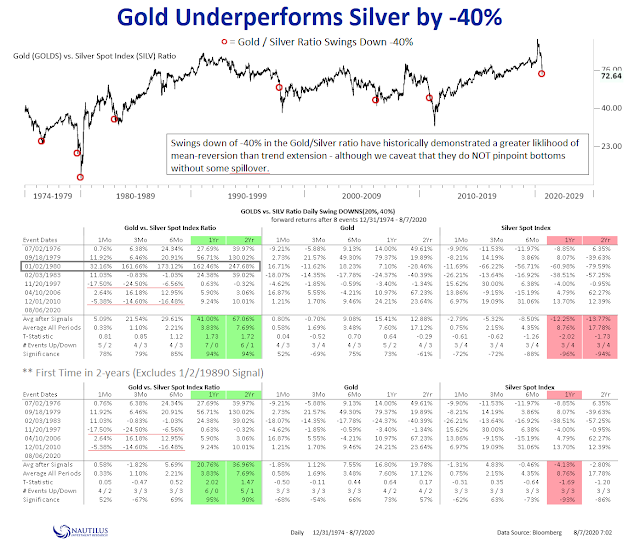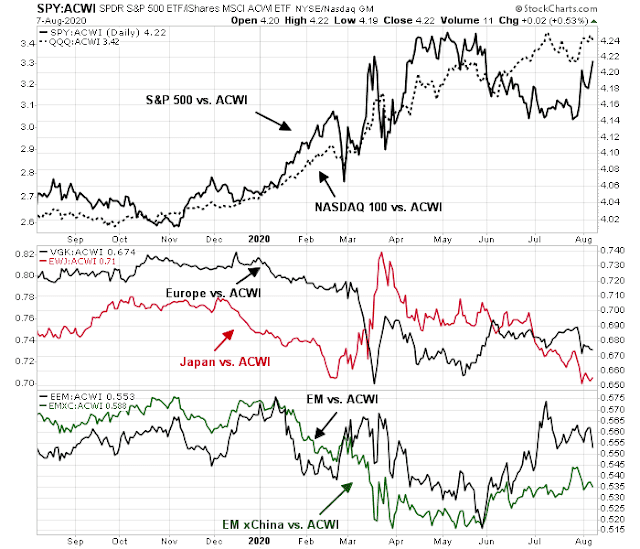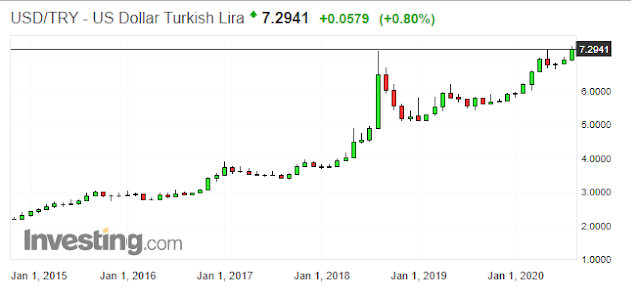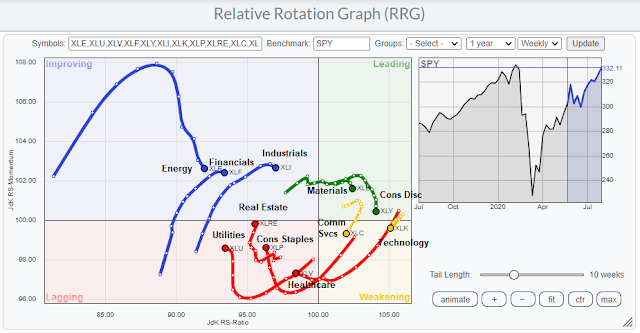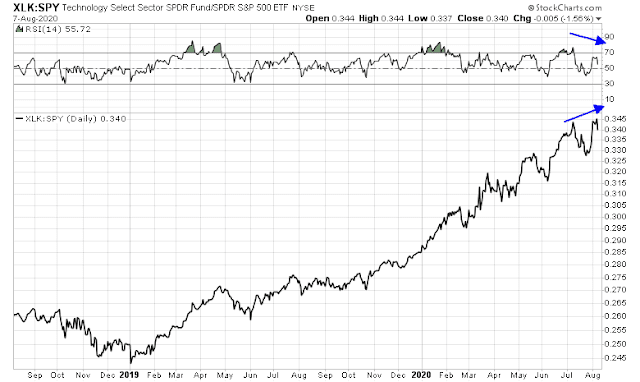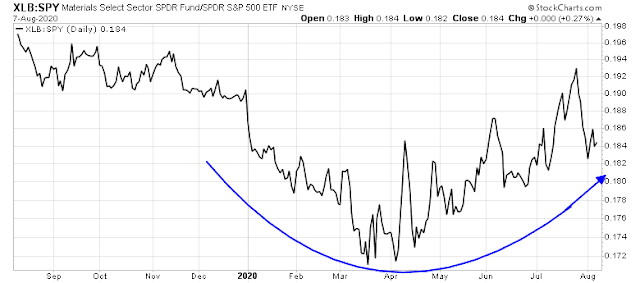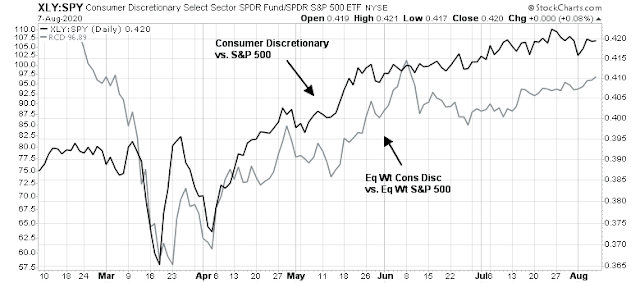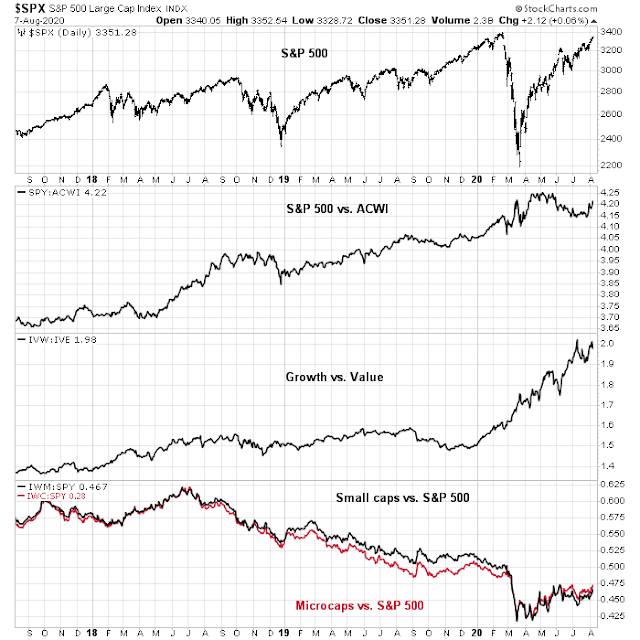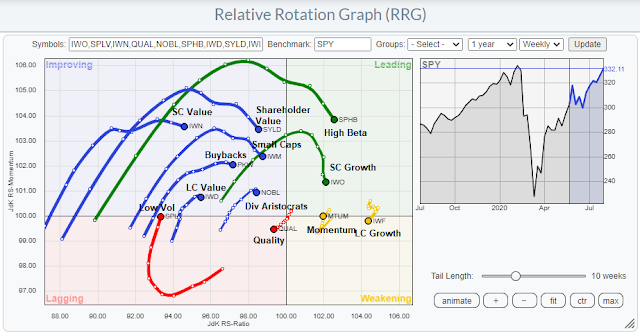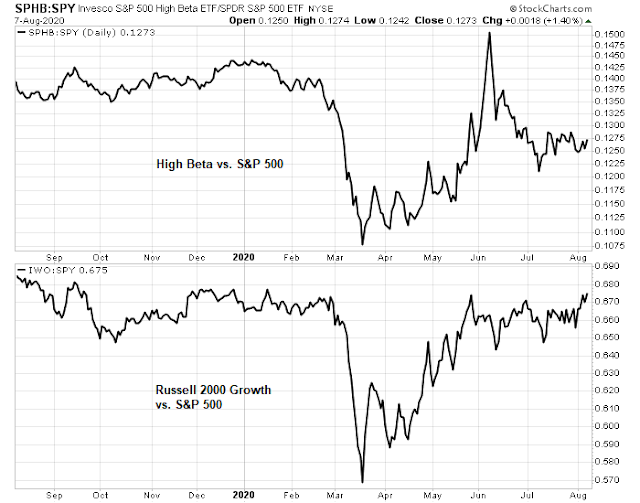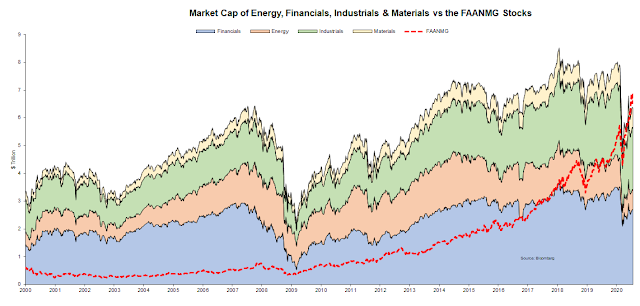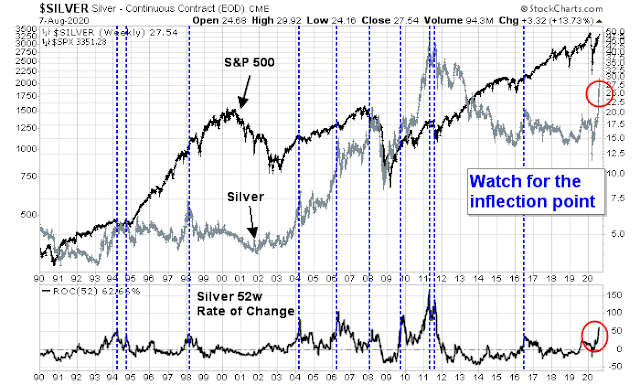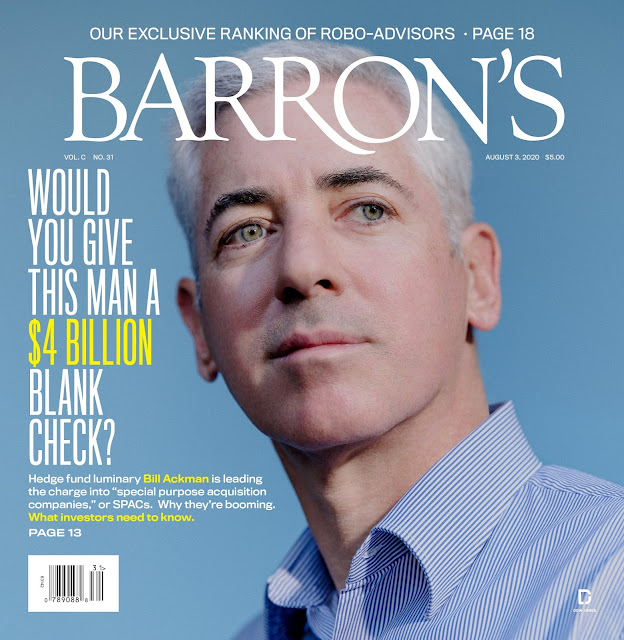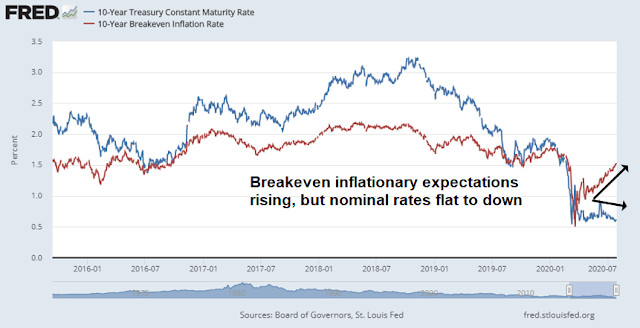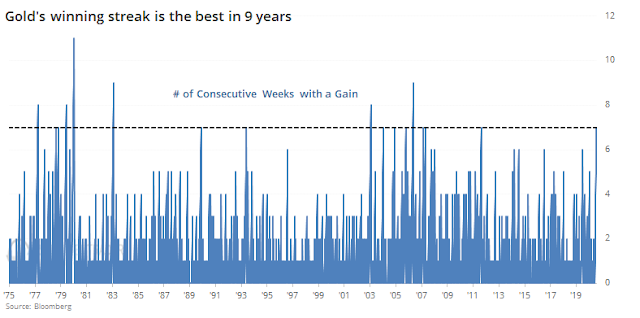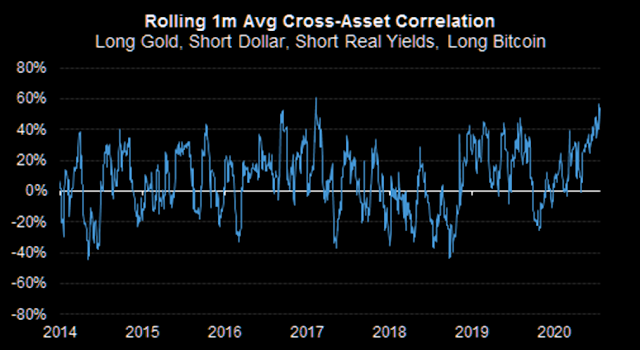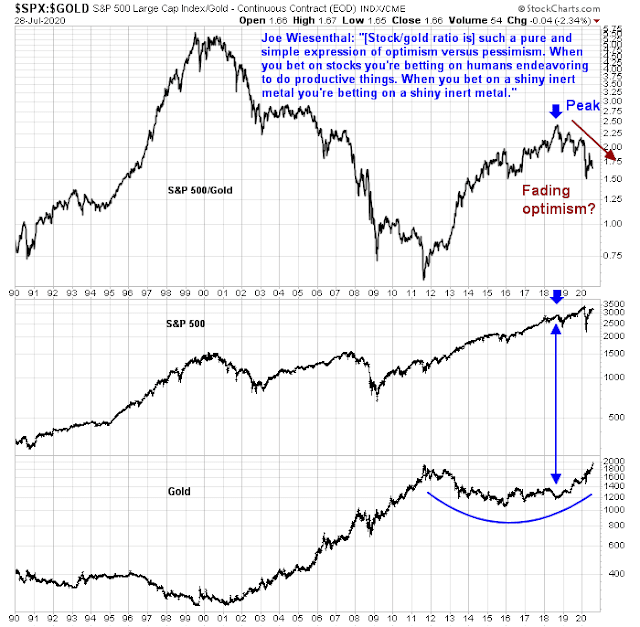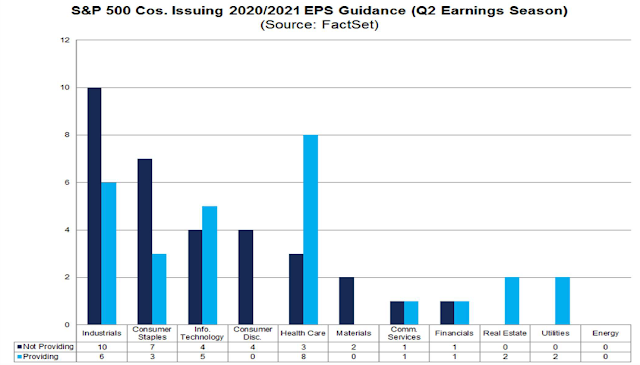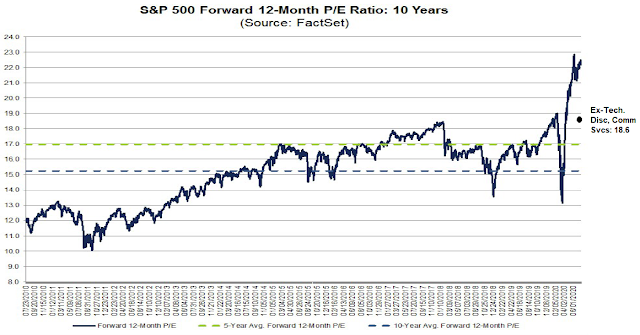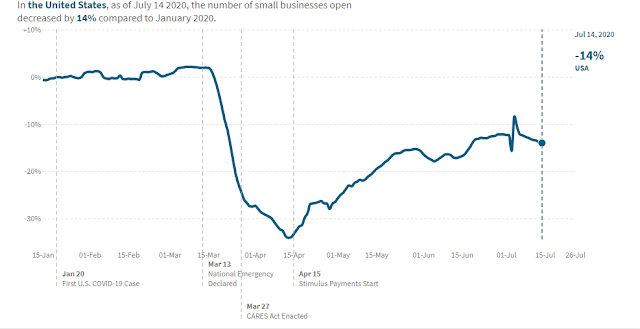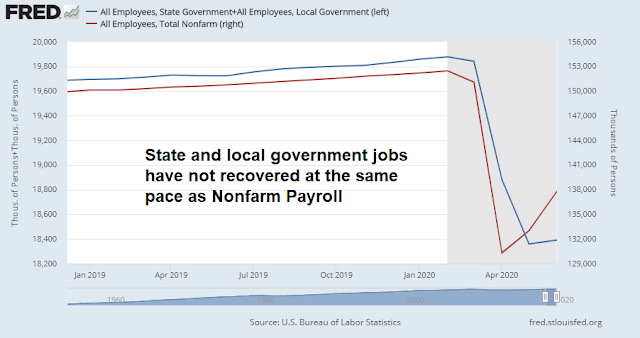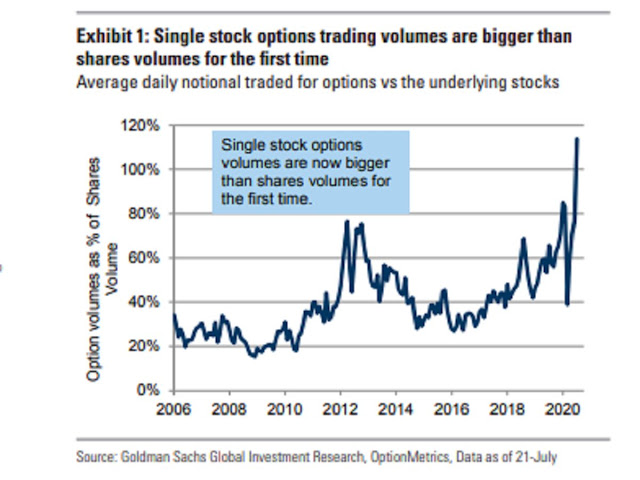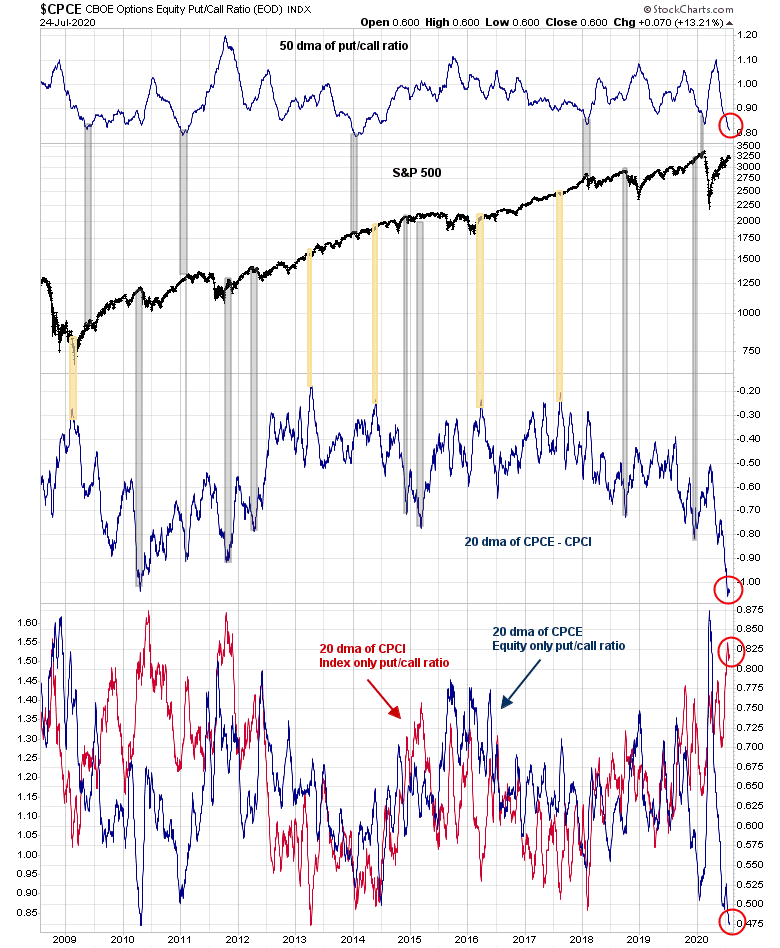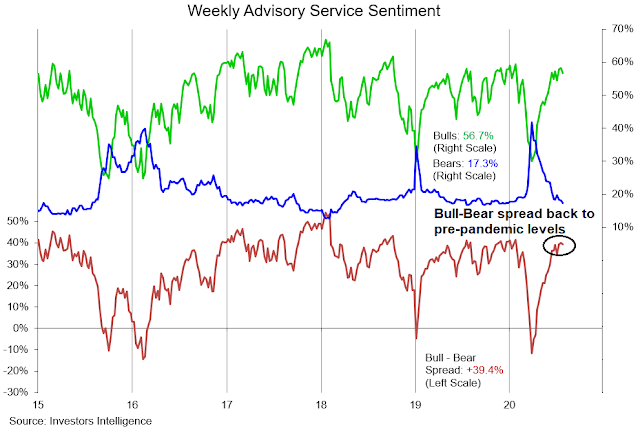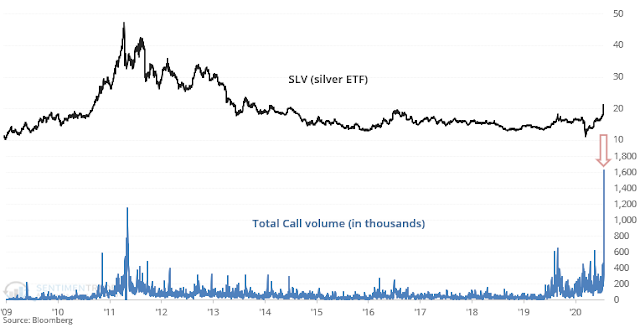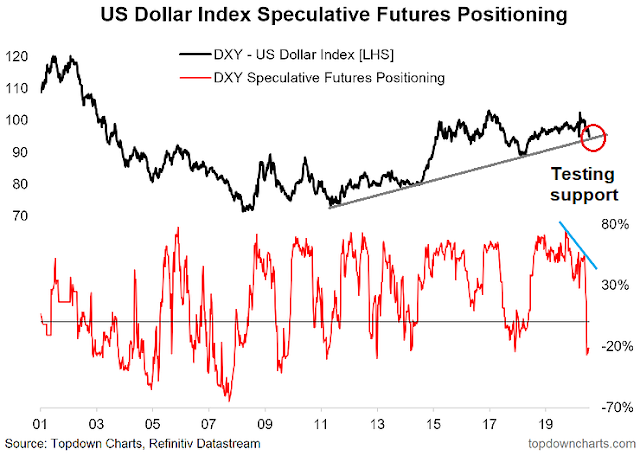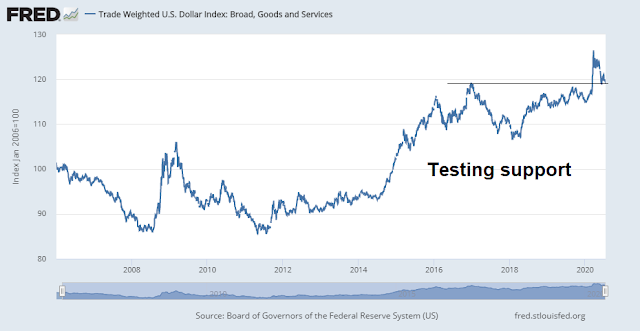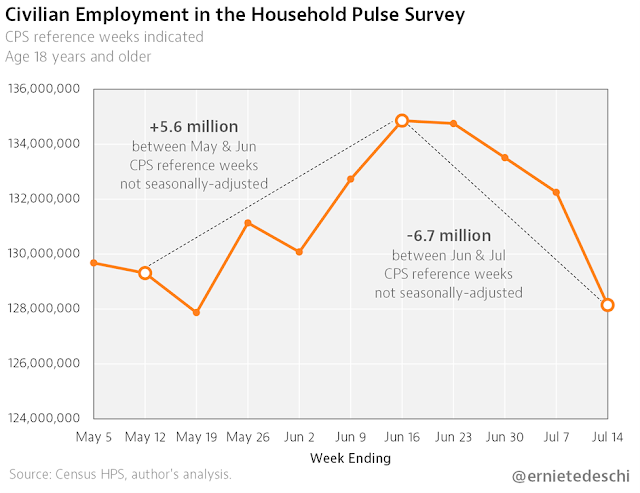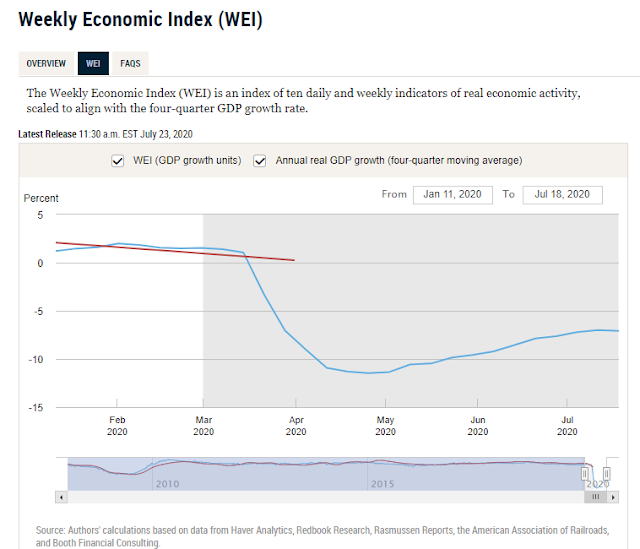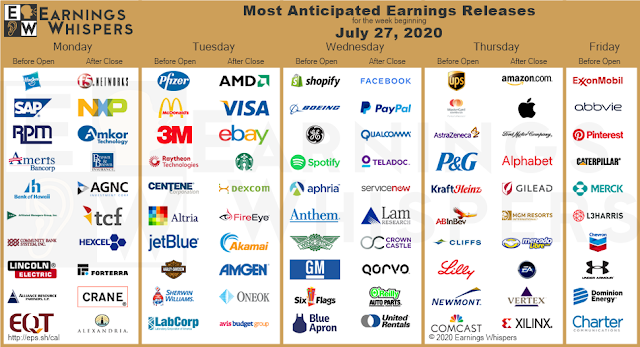This is war! A global war against the pandemic. Analysis from the IMF showed that government debt levels have spiked to levels not seen since World War II.
How will the world win the peace in a post pandemic era, and what does that mean for investors?
A hopeful view
Morgan Housel at Collaborative Funds recently offered a hopeful and uplifting message. He believes that crises spurs panic driven innovations, and the pandemic provides an environment that sparks new discoveries and breakthroughs.
A broader point that applies to everyone is that the biggest innovations rarely occur when everyone’s happy and safe, or when the future looks bright. They happen when people are a little panicked, worried, and when the consequences of not acting quickly are too painful to bear.
That’s when the magic happens.
In particular, Housel cited the Great Depression as a crisis period that sparked innovation and productivity growth.
The number of problems people solved, and the ways they discovered how to build stuff more efficiently, is a forgotten story of the ‘30s that helps explain a lot of why the rest of the 20th century was so prosperous.
Here are the numbers: Measuring total factor productivity – that’s economic output relative to the number of hours people worked and the amount of money invested in the economy – hit levels not seen before or since:
FDR’s highway infrastructure program was just one example of how productivity soared.
The New Deal’s goal was to keep people employed at any cost. But it did a few things that, perhaps unforeseen, become long-term economic fuels.
Take cars. The 1920s were the era of the automobile. The number of cars on the road in America jumped from one million in 1912 to 29 million by 1929.
But roads were a different story. Cars were sold in the 1920s faster than roads were built. A new car’s novelty was amazing, but its usefulness was limited.
That changed in the 1930s when road construction, driven by the New Deal’s Public Works Administration, took off…
The Pennsylvania Turnpike, as one example, cut travel times between Pittsburgh and Harrisburg by 70%. The Golden Gate Bridge opened up Marin County, which had previously been accessible from San Francisco by ferry boat.
Multiply those kinds of leaps across the nation and 1930s was the decade that transportation truly blossomed in the United States. It was the last link that made the century-old railroad network truly efficient, creating last-mile service that connected the world. A huge economic boon.
Fast forward to 2020. What’s happening in stress induced innovation today?
But think of what’s happening in biotech right now. Many have pessimistically noted that the fastest a vaccine has ever been created is four years. But we’ve also never had a new virus genome sequenced and published online within days of discovering it, like we did with Covid-19. We’ve never built seven vaccine manufacturing plants when we know six of them won’t be needed, because we want to make sure one of them can be operational as soon as possible for whatever kind of vaccine we happen to discover. We’ve never had so many biotech companies drop everything to find a solution to one virus. It’s as close to a Manhattan Project as we’ve seen since the 1940s.
And what could come from that besides a Covid vaccine?
New medical discoveries? New manufacturing and distribution methods? Newfound respect for science and medicine?
A need for institutions
Morgan Housel’s rather optimistic view of the current environment is underpinned by a key assumption. In order for discoveries innovations to occur, a society needs strong institutions to ensure the rule of law and protect property rights. The incentives to bring new discoveries to market are blunted unless you know that what you do won’t be taken away from you.
Consider the following historical period that is within the lifetimes of most investors today. When the Berlin Wall came down, the Soviet Union and the East Bloc economies collapsed, what key innovations emerged from that crisis that are in common use today?
I’ll wait.
To explain the lack of crisis driven innovation during the Soviet collapse, let’s go back to 1865 and track the stock markets of two emerging market economies. The Russian market handily beat the American market for over 50 years, until investors lost everything (and probably their lives) during the Russian Revolution.
The key distinguishing feature is the nature of institutions in Russia. In 19th Century Russia, the tsar owned everything. You could make money by getting a license from the tsar to say, fish in the Baltic Sea, but that license could be taken away at any moment. The “property right” to fish did not exist. Consequently, there were few incentives to invest in new equipment, but to employ a harvesting strategy to exploit as much as you can while you held the license. Fast forward to 2020, the institutions that assure investors of property rights in Russia are still weak. The culture and mindset are not very different from 150 years ago. The primary motivation of Russian oligarchs is to exploit their “license” as much as possible, with minimal incentives to re-invest in the business.
Turning to the US, the key risk for American investors today is the erosion of institutions and trust in US institutions. The protests in Kenosha, Wisconsin are just a symptom of the malaise that afflicts American society. Each side is convinced that a victory in November by the other represents an existential threat to the Republic and American democracy. I have speculated in the past about the possibility of electoral chaos in November if the vote is close, and one side thinks that the election was stolen from them. Kenosha, and Portland before that, are just previews. A Pew Research Center poll found that Americans are unique in how divided and polarized they are in the wake of the pandemic.
Equally worrisome is Trump’s ambiguous answers about whether he would respect the results of the election. Trump is preparing to contest the election, both in the Supreme Court, and in the court of public opinion. Some commentators have felt assured that they expect, in the event of a Trump electoral loss, the military would do their job and escort him out of the White House. These comments open a frightening door. This question of “What would the Army do?” is usually not asked in a stable G-7 country. It’s the sort of question asked in nations with histories of fragile democracies. Has America become Egypt, or Indonesia? Asking “What would the Army do” is another sign of the erosion of institutions.
The events in Kenosha are another example of the disintegration of institutions. In what Western democracy do the police tolerate the appearance of armed civilians in camouflage uniforms in the streets? Does the police recognize that their authority rests on trust in the institution of policing itself?
The erosion of institutions could also have dire implications in the fight against the pandemic. A Bloomberg article raised the question of declining trust in the FDA in light of the politicization of that organization.
In America, whenever you open a medicine bottle, put a pill in your mouth and swallow, you’re engaging in an act of trust. It’s the promise that, thanks to the men and women of the Food and Drug Administration, there’s been a rigorous examination of how safe and effective it is.
That trust isn’t to be taken for granted.
Now, instead, imagine a world where you open that bottle, take out the pill, and before you put it on your tongue, you pause. You question whether you should, because you don’t trust the political party that was in power when it was approved.
The real world consequences of the politicization of an agency like the FDA could manifest itself in the lack of trust in a vaccine. As there is already a part of the population who are skeptical about vaccines, the lack of trust in the FDA is likely to retard the kinds of widespread vaccination that leads to herd immunity. The lack of herd immunity will put downward pressure on the economic growth outlook, which is bearish for equities and other risk assets.
The inequality challenge
Another factor that is slowly gnawing away at the foundation of institutional respect is the growing inequality gap laid bare by the pandemic. For a perspective of the growing inequality between capital and labor, consider this chart of the number of hours an average worker needed to buy one share of the S&P 500. A gap opened in the mid-1990’s during the Clinton years, and continued through both Republican and Democratic presidencies.
A recent paper found that increased corporate power is mainly responsible for all of the negative financial and economic trends of the past few decades, such as stagnant wages, rising inequality, more household debt and financial instability. The source of the paper was a surprise, it came from the Federal Reserve. Here is the abstract from the Fed paper entitled “Market Power, Inequality, and Financial Instability”.
Over the last four decades, the U.S. economy has experienced a few secular trends, each of which may be considered undesirable in some aspects: declining labor share; rising profit share; rising income and wealth inequalities; and rising household sector leverage, and associated financial instability. We develop a real business cycle model and show that the rise of market power of the firms in both product and labor markets over the last four decades can generate all of these secular trends. We derive macroprudential policy implications for financial stability.
Since Janet Yellen became the Chair, the Fed has become increasingly concerned about the problem of labor market inequality. In this paper, the Fed raised the alarm because rising inequality is sparking a “keeping up with the Joneses” effect of credit-driven spending, which creates higher leverage, and raises financial instability risk.
Jerome Powell’s Jackson Hole speech signaled the Fed’s willingness to focus on employment at the price of higher inflation and to address the inequality problem. Powell stated that “maximum employment is a broad-based and inclusive goal” and “this change reflects our appreciation for the benefits of a strong labor market, particularly for many in low- and moderate-income communities.”
Before the pandemic hit, the economy was experiencing a low unemployment rate, which was bringing most disadvantaged Americans into the labor force. But this was a very inefficient way of addressing the inequality problem. The most marginalized and least paid workers do not find jobs until employers must work hard to get workers. Fiscal policy can play a much bigger role to level the playing field. While serving Fed officials need to couch their words in calling for fiscal support, former Fed Chair Janet Yellen minced few words when she co-authored a NYT Op-Ed entitled “The Senate’s on Vacation While Americans Starve”.
Enter the pandemic, and the job gains by the bottom rung of society have quickly reversed. Job losses have been concentrated among lowly paid workers in the hospitality and services industries. Even worse, the WSJ pointed out that the pandemic is accelerating automation and worsen the job market outlook.
What’s making things worse for these workers and their families is that the pandemic is also accelerating the arrival of remote work and automation. It is a turbo boost for adoption of technologies that, according to some economists, could further displace lower-wage workers. It could also help explain the “K” shaped recovery many pundits have observed, in which there are now two Americas: professionals who are largely back to work, with stock portfolios approaching new highs, and everyone else.
Even before the pandemic, “Automation can explain labor share decline, stagnant median wages and declining real wages at the bottom,” says Daron Acemoglu, a professor of economics at the Massachusetts Institute of Technology. “It’s the bottom that’s really getting hammered.”
The tax system already has substantial incentives in place for companies to replace labor with capital. This argues for a corporate tax overhaul to address the imbalance between capital and labor, especially if Biden were to win and the progressive wing of the Democratic Party take control of both the House and Senate in November.
Notwithstanding the simmering class war between the suppliers of capital and labor, the suppliers of capital are also experiencing a stratified inequality effect. Small businesses are bearing the brunt of the pandemic recession. High frequency data shows that consumer spending patterns have flattened out, but small business revenues is declining. The competitive advantages of corporate size and economies of scale are manifesting themselves, and the COVID Crash is increasing big business concentration at the expense of small businesses.
Inequality matters, and at multiple levels. Longer term, it is eroding confidence in institutions.
Investment implications
We began this journey by observing that government debt levels had risen to levels not seen since World War II. While the debts appeared alarming, post-war debt to GDP gradually fell from a combination of real growth and the willingness of monetary authorities to engage in financial repression by capping interest rates. How will the global economy win the Pandemic Peace, and what does that mean for investors?
I don’t mean to denigrate Morgan Housel’s optimistic view of crisis induced innovation and productivity growth. His scenario is very plausible. Even if trust in American institutions is significantly eroded, which is not my base case, Housel’s scenario can be played out in other G-7 countries with well-established institutional stability.
This may not necessarily be bullish for equity investors. Even if Housel’s era of crisis driven innovations were to be realized, it is less clear how the pie from the spoils of productivity growth will be divided. After several decades where the supplier of capital has enjoyed the lion’s share of the gains, it would not be unusual to see some mean reversion of the division between the suppliers of capital and labor.
This would have negative implications for equity prices. In addition, US equities have a valuation problem. Big Tech is dominating the US equity market, but the rest of the index is not exactly cheap on forward P/E even if we exclude the top five stocks. Some other options on raising expected returns are value stocks, gold, and non-US equities, as well as the use of tactical asset allocation (see A bleak decade for US equities).
If the monetary authorities were to continue engaging in financial repression, it should be bullish for gold and other commodities. I have highlighted the stock to gold ratio, and a comment by Joe Wiesenthal of Bloomberg of how the ratio is a measure of confidence in the markets and the economy. This ratio is falling, and argues for a higher than normal position in gold and commodities in asset allocation.
Despite my long-term bullish view on gold and commodity prices, I believe a well diversified portfolio should still consist of some stocks, and bonds. Cullen Roche at Pragmatic Capitalism demonstrated that bonds still provide important diversifying characteristics in balanced portfolios.
This era of high bond returns is over. But it doesn’t necessarily mean that bonds are a bad diversifier. For instance, from 1940-1980 interest rates rose steadily from about 2.5% to 15%. This seems counterintuitive to what most of us are led to believe about rising rates, but your average annual return over this period was 3% in a 10 year T-Bond. Bonds weren’t nearly as beneficial to a portfolio as they have been in recent decades, but that doesn’t mean they weren’t a good diversifier.
In short, go ahead and hold some gold and commodities, but don’t go overboard and forget the role of bonds for diversification.



